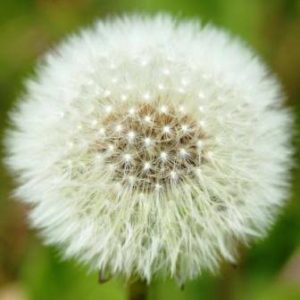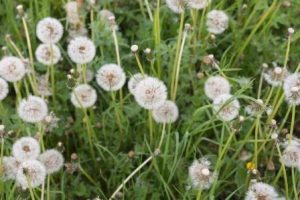BOTANICAL NAME: Taraxacum officinale
FAMILY: Compositae
ENGLISH NAME: Common dandelion
COMMON NAME:
Hindi name: Dudhal
Kannada name: hand


REFERENCE: BHAVAPRAKASH SAMHITA with link e Nighantu:
https://niimh.nic.in/ebooks/e-Nighantu/bhavaprakashanighantu/?mod=read
HABITAT: It is a shrub grown in Himalayan belt at an altitude of 15000ft.
BOTANICAL DESCRIPTION: It is small shrub. Stem is tinted purplish, upright or lax, milky latex. Leaves are basal. Flowers are yellow flower head which lack receptacle bracts and all are ligulate and bisexual.
| RASA | GUNA | VEERYA | VIPAKA | PRABHAVA | DOSHGHNTA |
| Tikta, katu | Laghu, rushka, tikshana | Ushana | Katu | – | Kapha- pitta har |
AYURVEDIC ENERGETICS:
| TASTE | PROPERTY | POTENCY | POST DIGESTIVE EFFECT | EFFECT ACTION | DOSHA ACTION |
| Bitter, pungent. | Light, dry, hot. | Hot | Pungent | – | Kapha pitta pacifying |
MAJOR CHEMICAL CONSTITUENTS: B- sitosterol, stigmasterol
THERAPEUTIC USES:
- Chronic ulcer: The juice of plant is locally applied.
- Jaundice: Decoction of plant is given in 25-30ml internally.
- Fever & indigestion: Fresh juice prepared from leaves and root is given in 10-15ml.
- Skin disease: Paste of the leaf or root is prepared and applied over the affected area.
- Burning micturition: Cold infusion prepared from dugdhfeni is given in 30-40ml.
INDICATIONS:
Agnimaandya dyspepsia, kamala jaundice, krimi rog worm disorder, udar rog abdominal disorders.
USEFUL PART: Mool and kaand
DOSAGE: 25-50ml decoction
AYURVEDIC FORMULATION:
Biolivac syrup and tablet
